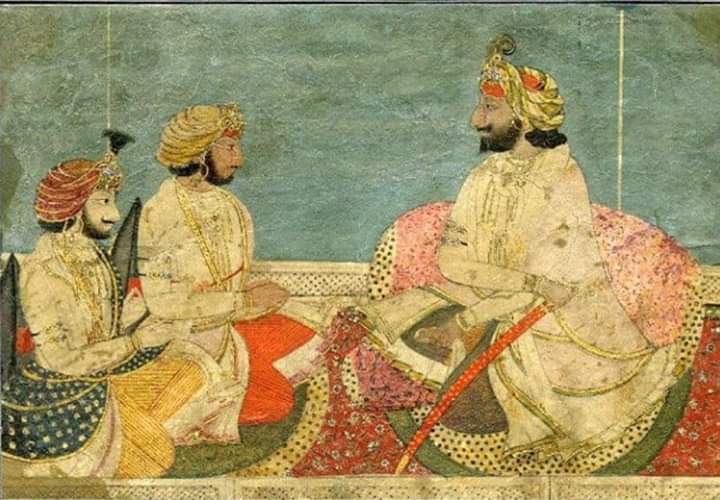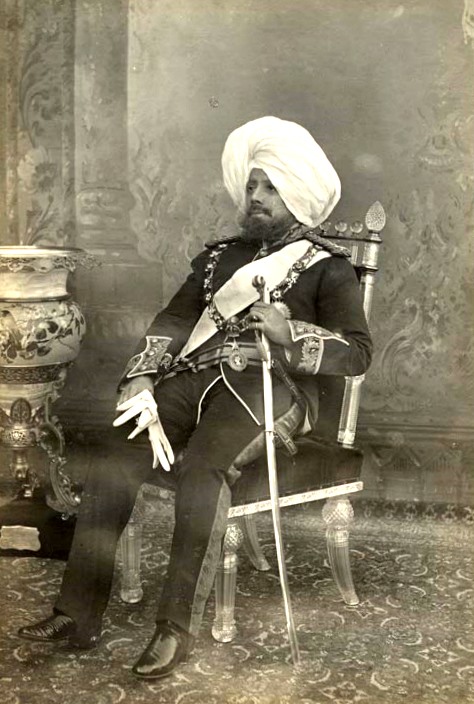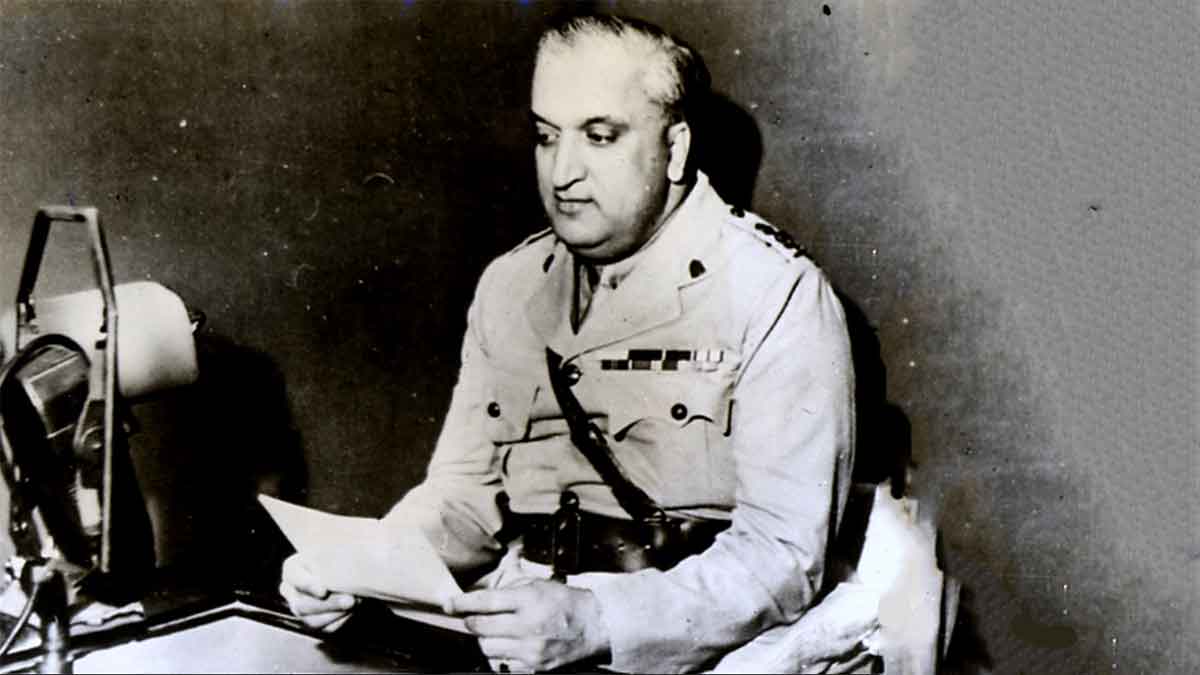History of Jammu
Jammu, the Duggar land where history is alive enough to glance at the almost perishing
future, situated at the Shivaliks in the midst of Himalayas, Jammu has always
been a tolerant and culturally-vibrant part of the State.
Jammu the land
of ancient temples, deriving its name from the ancient King ‘Jamboo
Lochan’ who had founded this ancient
city on the bank of river Tawi in the 14th century B.C. It is
believed that one day the King had gone out for hunting when he witnessed an extraordinary phenomenon, a goat and a tiger drinking water from the same pond.
Eventually,
King Jamboo founded this city on the basic principle of tolerance where the
strong and the weak could live together in harmony, where the rich and poor
could live together in well-being. These basic principles are evident in the history as well as in the present-day Jammu.
It is believed that King Jambhu Lochan was the descendant of Lord Rama from the Ramayana period. The History of Jammu is linked to Ramayana as well and the native Rajputs of Jammu call themselves as Raghuvanshi Rajputs which was the clan of Lord Rama and King Bahu Lochan.
After which the union of Jammu and Kashmir was ruled by various other dynasties- Takshila, Dhar Dynasty, Dev Dynasty, Sikhs and the Dogras.
It was the reign of King Ranjit Dev when Jammu emerged as a prominent state in Northern India. King Ranjit Dev not only expanded the boundaries of the state but also provided stability to the kingdom.
Brij Raj Dev was the successor of King Ranjit Dev after his death. His son Sampuran Dev ruled the state for 10 years in which his administrator Mia Moto helped him in managing the affairs of the state.
After the death of Sampuran Dev his cousin Jet Singh acceded the throne of Jammu, proved to be an inefficient ruler and lost the battle against the Sikh Rulers of Lahore.
However, this accession was not acceptable to the Dogras of Jammu and a revolt broke out in Jammu in 1810. Mia Dido came out as a hero, for almost 12 years Mia Dido Virtually ruled Jammu as a Tiger.
It was June 1820 when the great Dogra patriot was martyred by the Sikh forces in Trikuta Hills.
Mia Dido's Last Words-
Jammua Kandi Laka shudidio, aapne Lahore vaaps jaao
which means- Leave the Kandi (rocky plateau of Jammu region) area of Jammu, Go back to Lahore.
After which Ranjit Singh handed over the State of Jammu to a Dogra family of Gulab Singh and the Dogra rule prevails in Jammu.
Dogra History of Jammu
The inhabitants of this land are popularly known as Dogras. Dogras are the Natives of Jammu and their dialect is Dogri.
Where did the word Dogra come from?
There are various beliefs where the word Dogra came from but the most popular belief is that the word Dogra or Dugger is derived from the word Dvigarta which means the land of two lakes: Mansar and Surinsar in the Jammu region.
Rule of Maharaja Gulab Singh
Maharaja Gulab Singh, an inseparable name in the History of Jammu, was the military commander in the Sikh Army under Ranjit Singh of Lahore. He was the founder of Jammu and Kashmir.
Maharaja Gulab Singh was declared Raja by Ranjit Singh at the bank of river Chenab in Akhnoor.
Initially, he was the ruler of Jammu but after an agreement, he became Maharaja of Jammu and Kashmir state.
Also, later his General Zorawar Singh merged the parts of Tibet, Ladakh into the state of Jammu and Kashmir.
It was Gulab Singh who merged all the princely states of Jammu and Kashmir to give shape the present Jammu and Kashmir.
Rule of Maharaja Ranbir Singh
Maharaja Gulab Singh was succeeded by his only surviving son Maharaja Ranbir Singh.
The period of Maharaja Ranbir Singh was the Golden period for the state of Jammu and Kashmir.
Whereas Maharaja Gulab Singh was a great Conqueror and leader, his son Maharaja Ranbir Singh provide stability and was proved to be a great consolidator.
Maharaja Ranbir Singh established various major temples in Jammu. Ranbireshwar Temple which has the largest Shivling in Northern India was constructed by Ranbir Singh.
Collection of all the Sanskrit manuscript in Raghunath Temple was started under the reign of Maharaja Ranbir Singh.
Art and Literature flourished, the most famous of which are the Basoli Miniature paintings.
It was no less of a renaissance under the rule of Great Maharaja Ranbir Singh. Art and Culture were at their high at the time of Dogra ruler.
Maharaja abolished Sati, Child marriage and various other social evils in the state. Constructed many libraries to promote education in the state.
Maharaja Ranbir Singh also established first printing system in the state, paper currency was introduced by him.
Dogri was made the official language of state under the rule of Maharaja Ranbir Singh for the first time in the History of Jammu and Kashmir.
Various educational institutes were established in order to promote education in the state, present-day GGM Science College, Ranbir Higher Secondary School were established by Maharaja Ranbir Singh.
Rule of Maharaja Partap Singh
With the demise of Maharaja Ranbir Singh, the state of Jammu and Kashmir lost a true patriot and with it starts the era of conspiracies and selfishness in the Dogra rule.
Maharaja Partap Singh was remained out of power for almost a decade due to the conspiracies of his brother who was involved with the British.
British tried hard to enter into Jammu and Kashmir but after legal litigation, it was the Dogras who prevails in the state and Maharaja Partap Singh emerged as a hero in the history of Jammu and Kashmir.
It was the reign of Maharaja Partap Singh when the Prince of Wales College, GGM Science college currently started operating in Jammu after the arrival of Prince of Wales in the State.
Maharaja Partap Singh emphasis on economic and educational reforms and was known for his justice and diplomacy.
Rule of Maharaja Hari Singh
Maharaja Hari Singh was the last Dogra ruler of Jammu and Kashmir. 'Justice is my religion', said Maharaja on the festival of succession to the throne.
Maharaja Hari Singh was a true liberal and a keen believer of the core human values.
He passed laws against untouchability, child marriage. He made primary education compulsory to everyone in the state, provide economic support to the weaker section of the society.
Folklores of Jammu
Dogri
language gives a unique cultural identity to the people living in the various parts
of Jammu & Kashmir, Himachal Pradesh and in some parts of Punjab. In
Dogra culture the use of folklore is frequent. If one has to study the life and
beliefs of the Dogras it is necessary to study the various legends, various
folklores of the region.
Dogras are
keen believers of God, their deep-rooted culture is evident even in the
modern-day Dogra household. In the past, whatever may be the circumstances, faith and tolerance of the Dogra community can be seen in every walk of life. The ancient
folklore deities worshipped in the Dogra community are :
- Kul Ke Veer
- Kul Ke Naag
- Nath-Panthi Sant
- Balidani Sant
- Deviya/Yoginiya
The relationship between Culture and development should be clarified and deepened in constructive and practical ways
These
folklore deities embedded with the values of mutual-love and tolerance. The
folklores of the region are so vast that one can write thousands of pages describing them. The most common among them are the Nath-Panthi, common in the plains of the Jammu
region while Naag-Puja is mostly practised
in the mountainous region of Jammu.
ALSO READ:
The most common deities from the Nath-Panth is Baba Sidhgoria and Baba Birfa Nath. Also, In Naag-Puja, Vashuki Naag is worshipped among many in the Jammu region, particularly in the mountainous terrain of Udhampur (Ramnagar) and Bhaderwah.
It is important to mention here that these deities are not only limited to a particular region of Jammu, or to the history of Jammu, but they are celebrated in the plains of Jammu as much as in the mountains of the Jammu region. Moreover, pilgrims from various parts of Punjab, Himachal Pradesh, Haryana, Delhi come to pay their homage.
Must-Read
Preeminent folklores of Lord Shiva and Parvati are very common in the region. No doubt these ancient beliefs of the people abetted the spread of Nath-Panthi and the Naag-Puja traditions in the region. There are many places in the Jammu region as well as in the Kashmir region dedicated to Lord Shiva. Some of the major Shrines of Lord Shiva in Jammu and Kashmir are :
- Sudh Mahadev
- Parmandal
- Shiv Khori
- Amarnath
- Mani Mahesh
- Shankaracharya Temple
Conclusion
In the modern-day Dogra society, these folklores are on the verge of extinction, they are properly recorded in the literature by many of the intellectuals from the region but they are often less lucrative and not so popular among the youth. It is a strong need to revive these ancient folklores of ancient Jammu. They not only inculcate the devotion in the mind of the reader but they are also embedded with the core human values essential for the young generation.
Frequently Asked Questions
Q. Who was the last ruler of Jammu and Kashmir?
A. Maharaja Hari Singh was the last Dogra ruler of the erstwhile state of Jammu and Kashmir who ascended the throne in 1925. He made primary education compulsory, abolish child marriage and opened places of worship for lower castes.
Q. Who was the founder of Jammu and Kashmir?
A. Maharaja Gulab Singh was the first Dogra ruler of the erstwhile state of Jammu and Kashmir. He merged Kashmir into Jammu in 1846.
Q. What is the history of Jammu and Kashmir before 1947?
A. Jammu has always been a sovereign state, however, the Kashmir region was under Muslim rule for centuries which come to an end in 1819, after which in 1846 the Sikhs were defeated in Anglo-Sikh war and Kashmir acceded to Dogra ruler Maharaja Gulab Singh.
Q. Who ruled Kashmir?
A. Kashmir, since centuries has never been ruled by Kashmiris themselves. After the Mughal empire in 1589 AD, Kashmir was ruled by Afghans, Sikhs and then the Dogras.








Thanks for sharing HISTORY OF JAMMU with us.
ReplyDeletePost a Comment